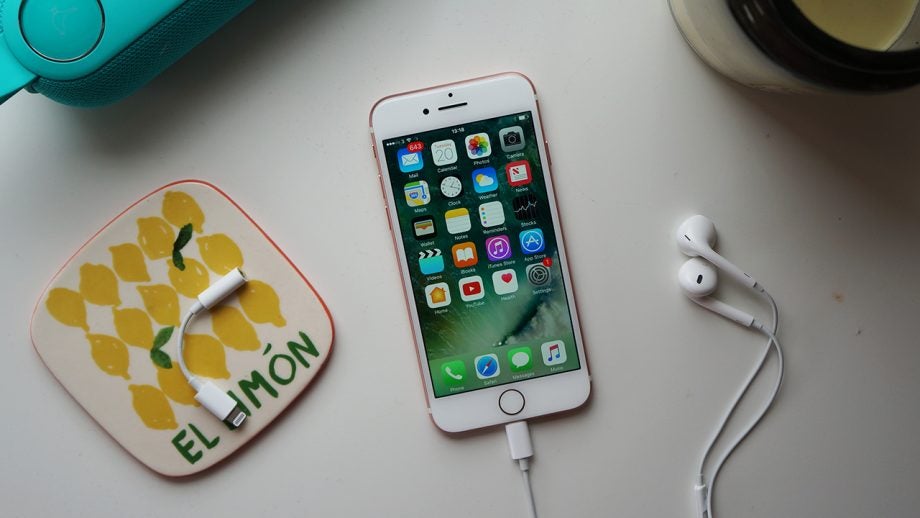Apple may be forced to switch from Lightning to USB Type-C

The European Commissioner for Competition, Margrethe Vestager, is considering clamping down on tech companies who have made “unsatisfactory progress” towards common charging standards. Given that Apple is now the biggest player to have not adopted the USB Type-C standard for its flagship phones, it seems the company may be the focus of the upcoming impact assessment.
This is no idle threat. Vestager and the European Commission were recently behind the record €4.3 billion fine levied on Google for its anti-competitive approach towards Android’s stock apps.
Related: Best smartphone
The issue of common phone chargers has been a contentious one for EU regulators for years. The Commission says outdated chargers contribute to over 51 thousands tonnes of electronic waste, and that consumers are inconvenienced by having to change chargers with each handset, according to Reuters.
This isn’t the first time the European Commission has tried to tackle this issue. Previously, a group of companies that included Apple signed a voluntary memorandum of understanding, stating that they’d agree to harmonise their chargers in two years. That was back in 2009.
Although Apple later released a Lightning to Micro USB adapter (that currently retails for £19 on the Apple Store), it seems this has not been enough to satisfy Vestager.
Meanwhile, much of the rest of the industry settled on Mini USB as a common standard, before migrating to the reversible USB Type-C after 2014.
On August 1st 2018, Vestager released a statement saying, “Given the unsatisfactory progress with this voluntary approach, the Commission will shortly launch an impact assessment study to evaluate costs and benefits of different other options.”
The case for lightning
While we can see the argument for adopting USB-C as a common standard, it’s not quite the perfect solution that many would have us believe.
You can’t just go out and by any old USB-C cable on Amazon and hope that it works with your fast-charging device. Different cables are produced to different standards, and this means that in practice the safest option is to stick with the cable that came with your phone if you don’t want to risk damaging it.
If you’re going to play it safe and only use the certified USB-C cable that came with your device, then the amount of electronic waste might not actually go down even if everyone used the Type-C connector.
Meanwhile, Apple’s approach of certifying Lightning cables means that — so long as it’s MFi certified — you could still use the lightning cable that came with your iPhone 5 back in 2012.
Read more: Best Android phones
Cynics may attack the approach by saying it’s simply another way for Apple to make money, but the system does seem to keep standards up.
For now, the Commission is only launching an impact assessment study on the issue, but it will be interesting to see its findings.
Do you think Apple should adopt USB Type-C as a smartphone charging standard? Let us know @TrustedReviews.


